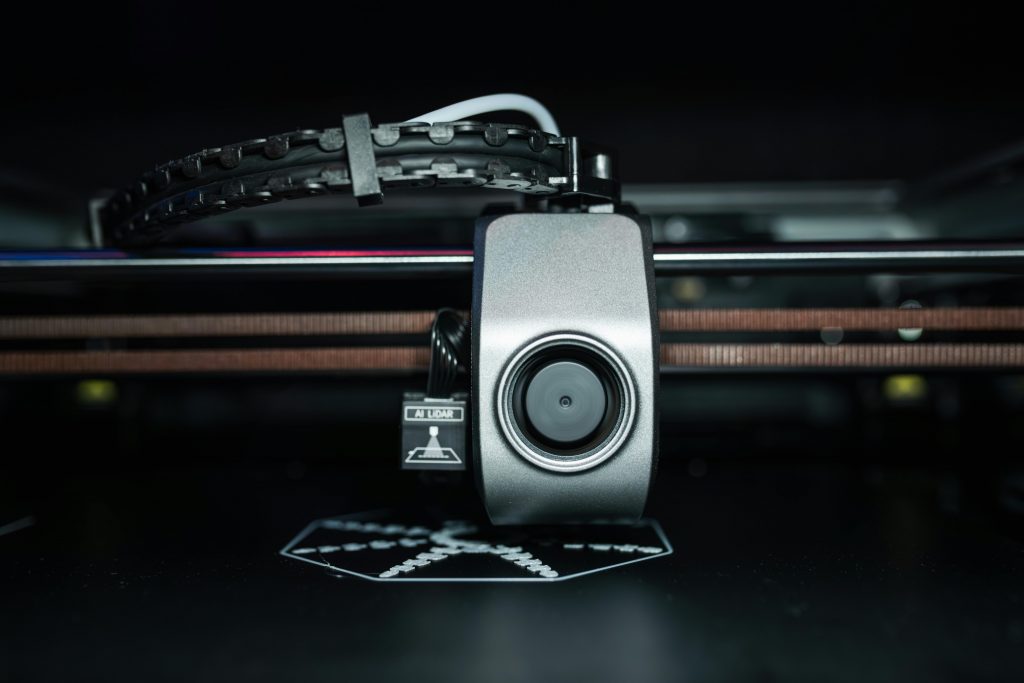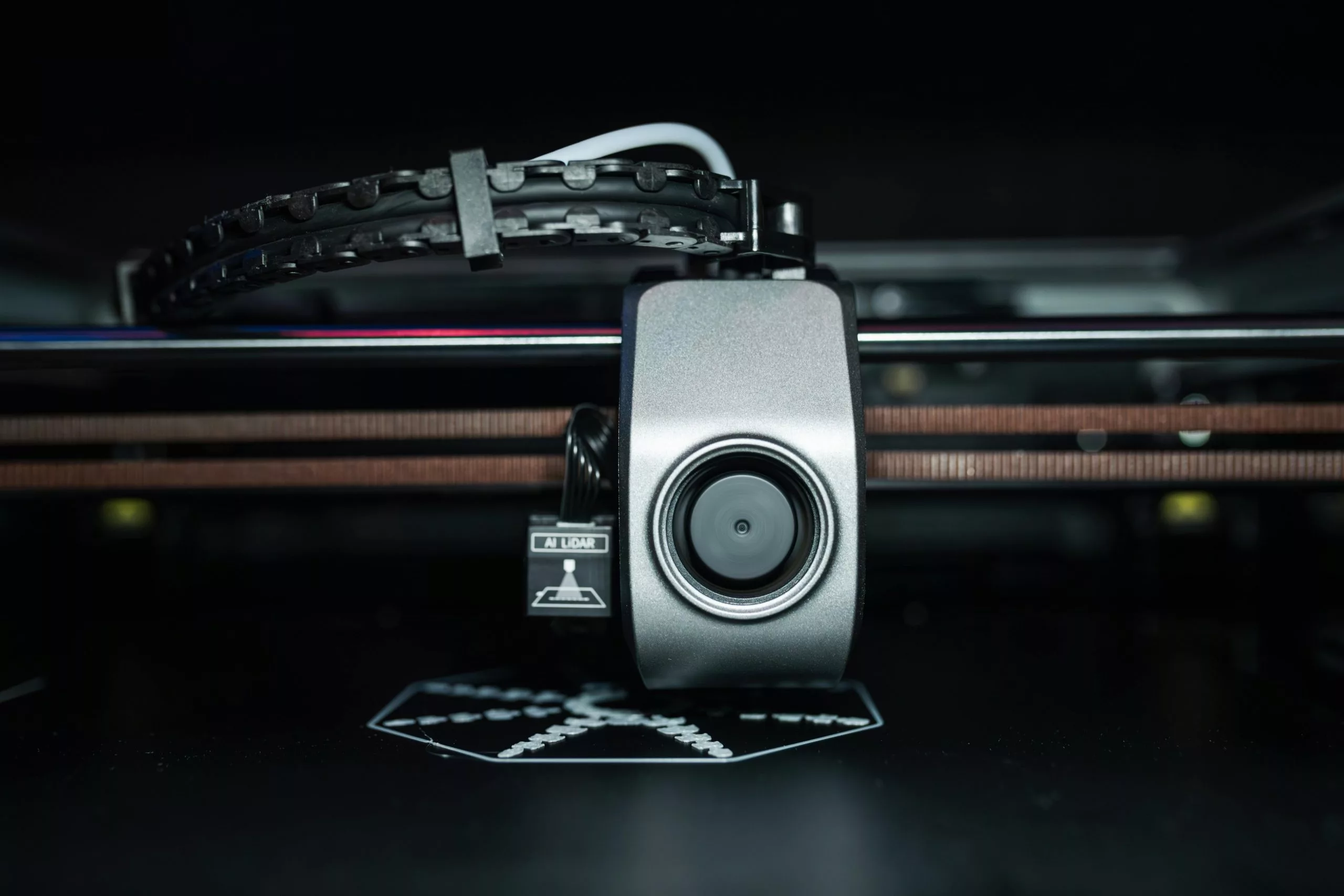Introduction
Choosing the right 3D printer can be an exciting yet daunting task, especially with so many options available today. Whether you’re a hobbyist looking to print small projects at home, an educator wanting to equip your classroom, or a business professional needing precise prototypes, selecting a printer that meets your specific needs is critical. In this article, we’ll walk you through the essential factors you should consider when choosing a 3D printer.
Define Your Purpose and Application
First and foremost, identify what you want to achieve with 3D printing. Are you interested in creating detailed miniatures and models, functional mechanical parts, prototypes for product design, or simple objects for educational purposes? Your intended usage will greatly determine which printer type and specifications best suit your needs.
- Home Enthusiasts: Desktop FDM (Fused Deposition Modeling) printers are ideal because they’re affordable, user-friendly, and versatile enough for various projects.
- Educators and Schools: User-friendly machines with solid safety features and robust construction are ideal. Printers that can handle regular use by students and offer educational resources are best.
- Professionals: Professionals often require higher precision, reliability, and material versatility. Resin-based printers (like SLA or DLP) or advanced FDM models may be necessary.
Types of 3D Printers: FDM vs. SLA/DLP vs. SLS
Understanding the differences between printer technologies is essential for selecting the right printer.
- FDM (Fused Deposition Modeling): Uses thermoplastic filaments (PLA, ABS, PETG). It’s affordable, simple to operate, and ideal for beginners and hobbyists.
- SLA/DLP (Resin Printing): Employs liquid resin cured with UV light. It is excellent for highly detailed models, miniatures, and jewelry, but requires post-processing and handling of resin, which can be messy or hazardous.
- SLS (Selective Laser Sintering): Uses lasers to fuse powdered material, typically nylon-based. Offers strong, durable prints ideal for functional prototyping and end-use parts but often comes at a higher cost, suitable for commercial or industrial usage.
Consider Your Budget
Your budget will significantly influence your choices:
- Entry-Level (Under $500): Ideal for hobbyists or beginners wanting to explore 3D printing. Usually limited to FDM models.
- Mid-Range ($500 – $2,500): Offers increased reliability, better build quality, larger print volumes, and additional features such as heated beds and touchscreen interfaces.
- High-End ($2,500 and above): Professional-grade FDM or advanced resin printers, providing high accuracy, repeatability, and durability.
Build Volume and Size
Consider the printer’s build volume—its printable area. If you plan to print large-scale models or multiple components simultaneously, you’ll need a machine with a large build volume. Smaller printers usually have limited build volumes but are more compact and easier to accommodate on a desk or workspace.
Material Compatibility and Availability
Depending on your printing goals, material selection can greatly impact the quality and purpose of your prints. Consider:
- Basic Filaments (PLA, ABS): Common, affordable, and easy to use, suitable for general purposes and beginners.
- Specialty Filaments (PETG, Nylon, Flexible TPU/TPE): Better suited for functional parts, flexible components, or items requiring strength and durability.
- Resins: Ideal for precision and detail, but consider safety and post-processing requirements.
Ensure that your chosen printer supports the materials you intend to use and that these materials are readily available and affordable.
Ease of Use and Maintenance
Consider how user-friendly the printer is, especially if you’re new to 3D printing. Look for features such as automatic bed leveling, easy filament loading, intuitive touchscreen interfaces, and clear documentation. Also, consider maintenance needs, such as how easily you can replace parts or perform routine upkeep.
Print Quality, Speed, and Resolution
Depending on your projects, you may place a higher emphasis on detail resolution or faster print speeds. Resin printers typically offer higher resolutions and better surface finishes, ideal for detailed models. FDM printers are usually faster for larger prints but can leave visible layer lines.
Community Support and Availability of Resources
A strong user community and customer support network can make your 3D printing journey significantly smoother. Online forums, tutorials, troubleshooting guides, and readily available spare parts contribute positively to your overall experience.
Safety Features
Safety is paramount, especially for households or classrooms. Look for printers with enclosed build chambers, filtration systems, and auto-shutdown capabilities to minimize risks.
Final Thoughts
Choosing the right 3D printer involves careful consideration of your intended usage, budget, print volume, required materials, and ease of use. Take your time to research, read reviews, and consider visiting local makerspaces or suppliers to see various printers in action. With the right printer, you’ll unlock endless creativity and discover the exciting potential that 3D printing brings.


Leave a Reply